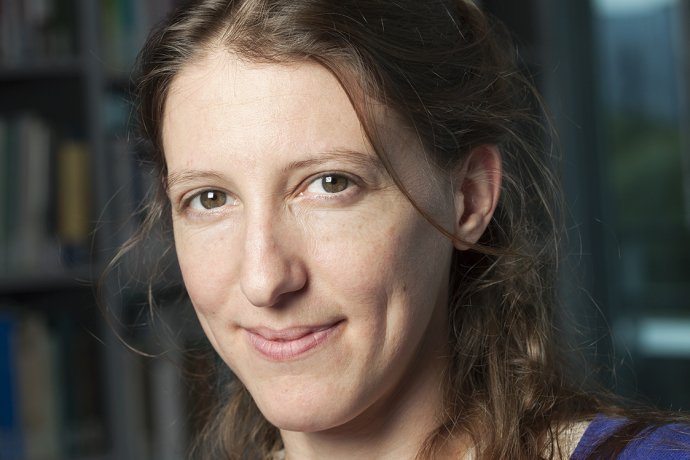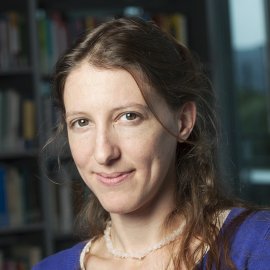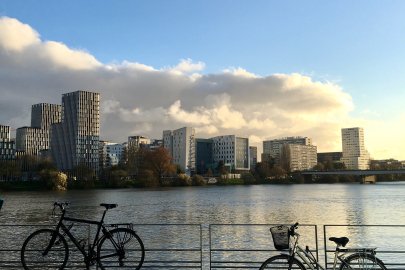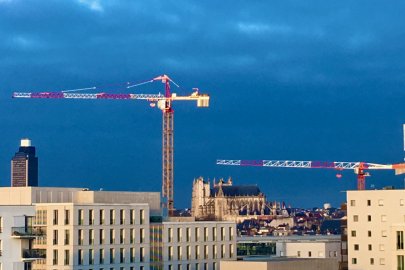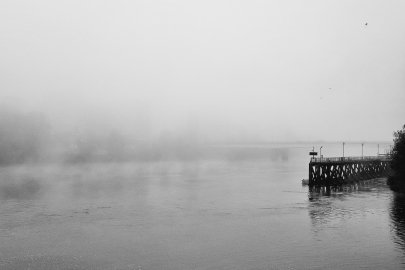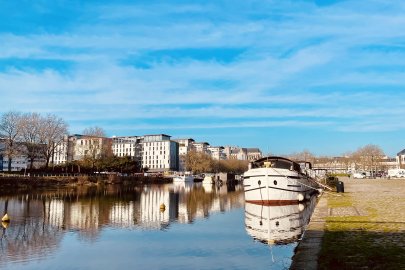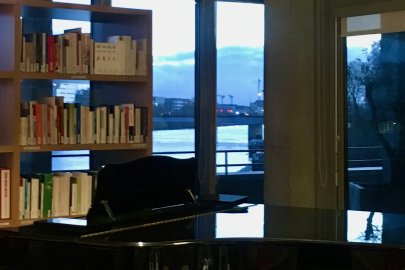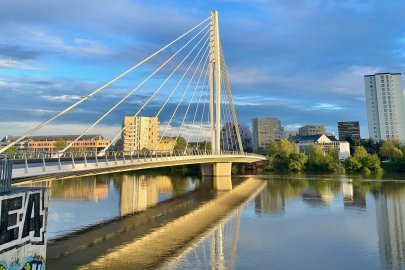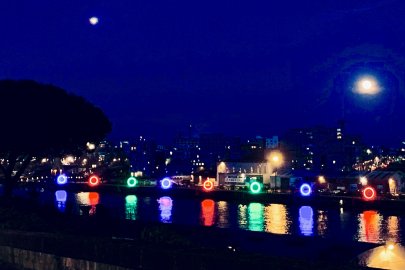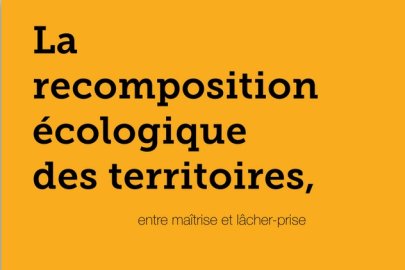Architectural resonance
Sara Keller
Architectural practice has accustomed us to seeing the act of inhabiting as an active intervention in the environment: the latter is domesticated by a mental and practical domination of the territory.
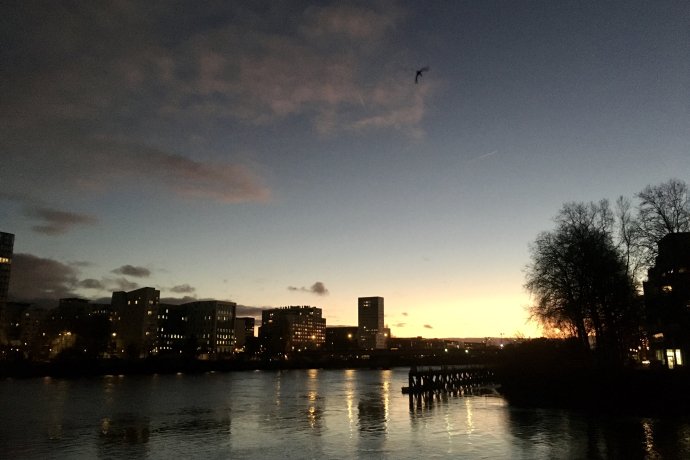
By isolating a space, consecrating it by ritual and transforming it materially, it is possible to maintain control over the inherent chaos of nature and to shape an alternative, manipulated territory where spiritual or material dangers have no hold. The first architects, it should be remembered, had a priestly function that enabled them to create, through both ritual and construction, a secure space protected from demons, impurity and environmental dangers such as climatic, acoustic or visual annoyances. In ancient India, the layout of the urban territory was symbolically reinvested each year by a circumambulatory procession, the nagarapradakṣiṇā, during which the idol of the city was carried along the path that marked the original layout of the urban territory. This ritual route signalled the boundary between the consecrated, inhabited world and the dangerous, polluted and chaotic wild world (referred to in Vedic literature as the āraṇya). ‘Dirt is dangerous’ asserted the anthropologist Mary Douglas in her seminal work ‘Purity and Danger’, where she develops the notion of danger at the heart of traditions and discourses on ritual and symbolic purity, purification rites and practices of exclusion through pollution (Douglas 1966: x). The notion of danger can be seen in the various religious and secular traditions that use architecture as a means of organising the mental and physical world. Inhabiting, then, means ordering and securing the world.
However, this order induces a fixity that, in the face of the world's inherent movement, gives rise to points of tension at the boundaries between natural space and anthopogenic space. Thus the nagarapradakṣiṇā path of past Indian cities has often found itself encroached upon, displaced or obliterated by urban growth and new needs. In a similar way, the Covid-19 health crisis revealed to us a world suffering from the dogmatic separation between man and nature, as I mentioned in the latest collaborative work by the Institut d'études avancées de Nantes (Covid-19: Tour du Monde 2021). Man's domineering attitude towards nature has created a sometimes dramatic separation between nature and its occupant.
Could we instead imagine a relational occupation of the world in which humans see themselves and act as linked to and in continuity with living things? This is what the German sociologist Hartmut Rosa proposes with his theory of resonance. For Rosa, only a connection to the world, or Weltbeziehung, can re-establish the link necessary for a successful life. As with acoustic resonance, social resonance is a subtle link, or intangible communication, between beings and objects. My book on architectural resonance applies this theory to the creation and manipulation of spaces. It highlights the early existence of strategies aimed at creating resonant links between the built and the living: these included units of measurement, systems of proportions and theories of volumetric and luminous contrasts. Inspired by the idea of resonance, perhaps from now on we will be able to develop new protocols capable of making us feel and experience our continuity with nature.
